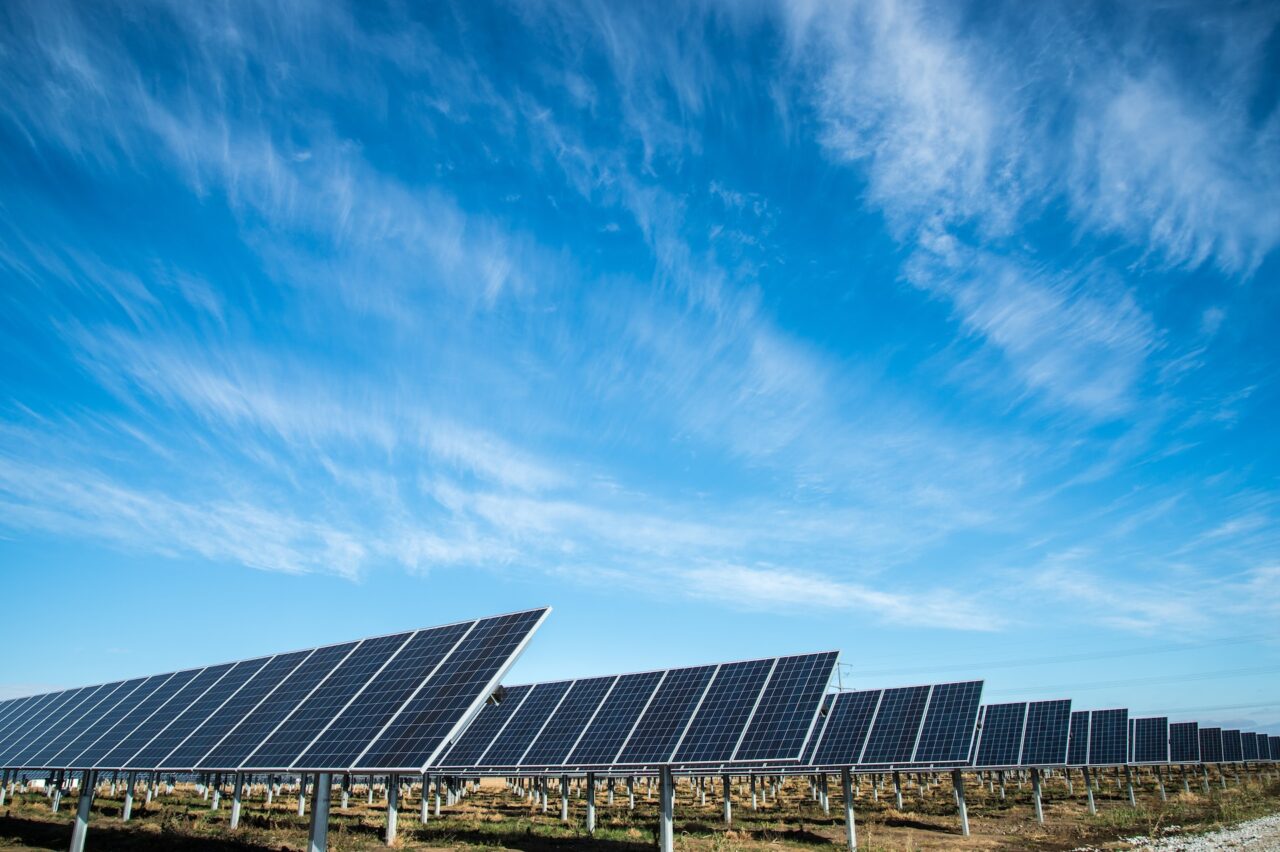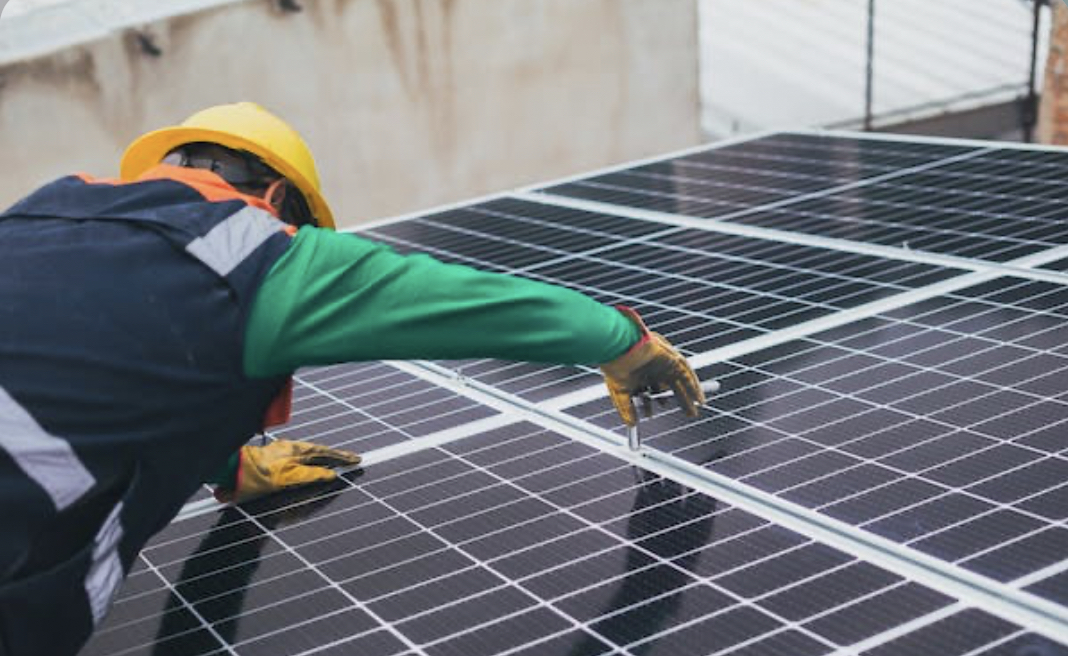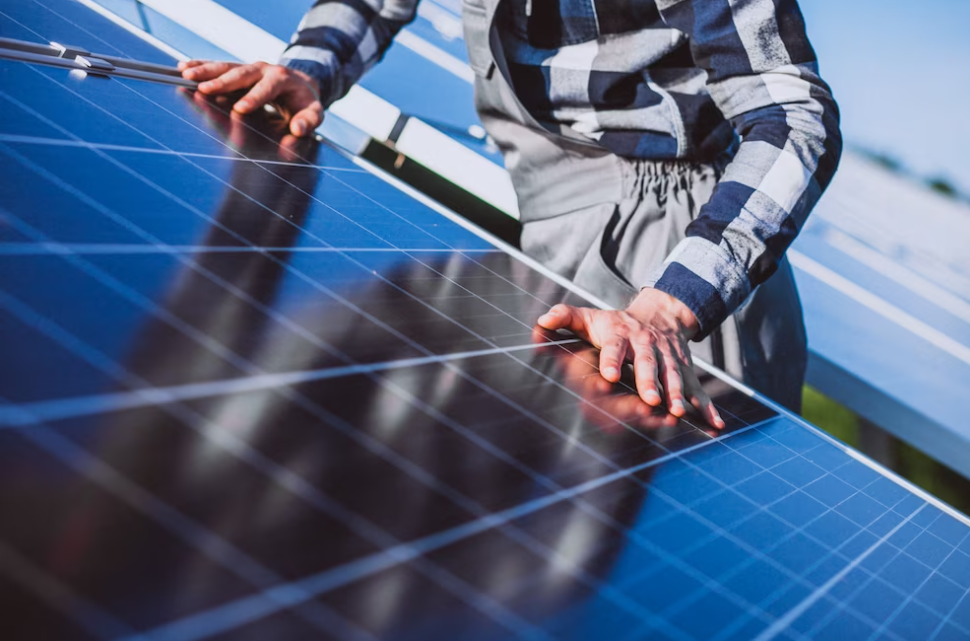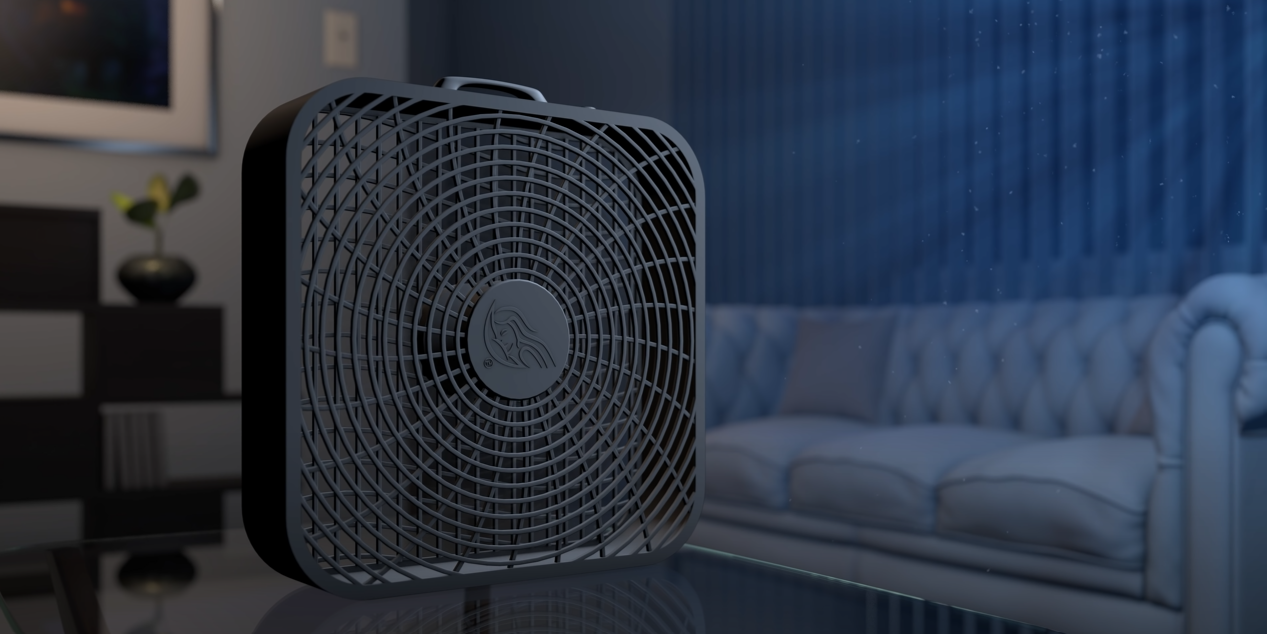Solar panels are a remarkable source of clean and renewable energy for households, reducing electricity bills significantly. Nonetheless, their main drawback lies in their dependence on sunlight, operating only during the day. The narrator wonders if the moon could potentially serve the same purpose as the sun, providing energy during the night.
Regrettably, current technology doesn’t allow us to harness lunar energy for our homes. Let’s delve deeper into the workings of solar panels and understand why the moon’s light cannot power them.
How Solar Panels Operate
To the uninitiated, solar panels might seem magical in their ability to convert sunlight into electricity. However, the process involves scientific principles and technical ingenuity. The mystery behind solar panels will now be unraveled.
- Contrary to popular belief, solar panels are not simply large metal boards; they consist of numerous tiny photovoltaic cells. These cells are composed of two layers of silicon infused with materials carrying opposite charges. For example, the top silicon layer is enriched with negatively charged phosphorus, while the bottom layer receives positively charged boron;
- The purpose of these opposite charges is to create an electric field at the junction of the two silicon layers. When sunlight hits the panel, it dislodges some electrons, which are then pushed out of the silicon junction by the electric field.
These liberated electrons constitute the power harnessed from the panels. However, before they become usable, they must pass through conductive metal plates that gather and transfer them to wires. From there, the energy can be used for various purposes like cooking, water heating, or storing for later use.
Why Lunar Energy Isn’t Viable
As the name suggests, solar panels rely on sunlight. The key ingredient for freeing electrons within the panels is photons, tiny particles of light emitted by the sun’s rays. Without photons, solar energy cannot be generated.
Unlike the sun, the moon does not emit light of its own. The glowing appearance of the moon at night is a result of sunlight reflecting off its surface. While the full moon may provide some illumination, it is nowhere near as bright or potent as the sun during the day. Moreover, the moon does not generate its own photons, resulting in significantly lower light intensity.
Due to these factors, moonlight cannot effectively power solar panels or generate lunar energy. The light from the moon is insufficient, and its photons lack the necessary power. Even if the panels could capture lunar energy, it would take an extensive period to accumulate enough to power a home. As of now, solar panels remain inactive during the night.

To wrap up
Although solar panels cannot be utilized at night, their benefits during the day are substantial. Within a month, users will witness a significant reduction in electricity bills and may even generate income. Additionally, solar panels offer a reliable source of clean energy, immune to blackouts and power cuts.
For those interested in making a positive impact on the environment, switching to renewable energy sources is crucial. While lunar energy remains elusive, installing solar panels can still contribute to a sustainable future. Atlantic Key Energy stands as an expert in this field, ready to assist individuals in transitioning to renewable energy sources seamlessly. While lunar-powered homes are not yet feasible, a greener future awaits through solar energy adoption.








